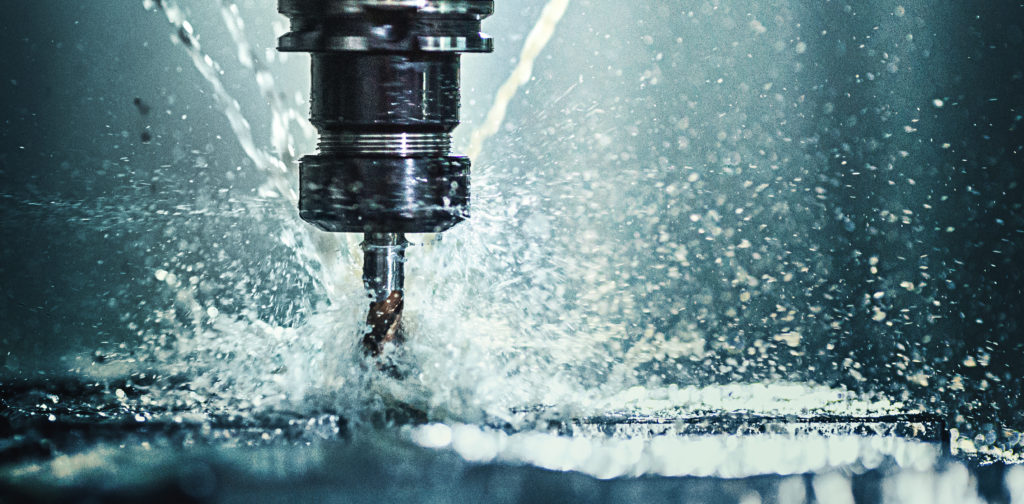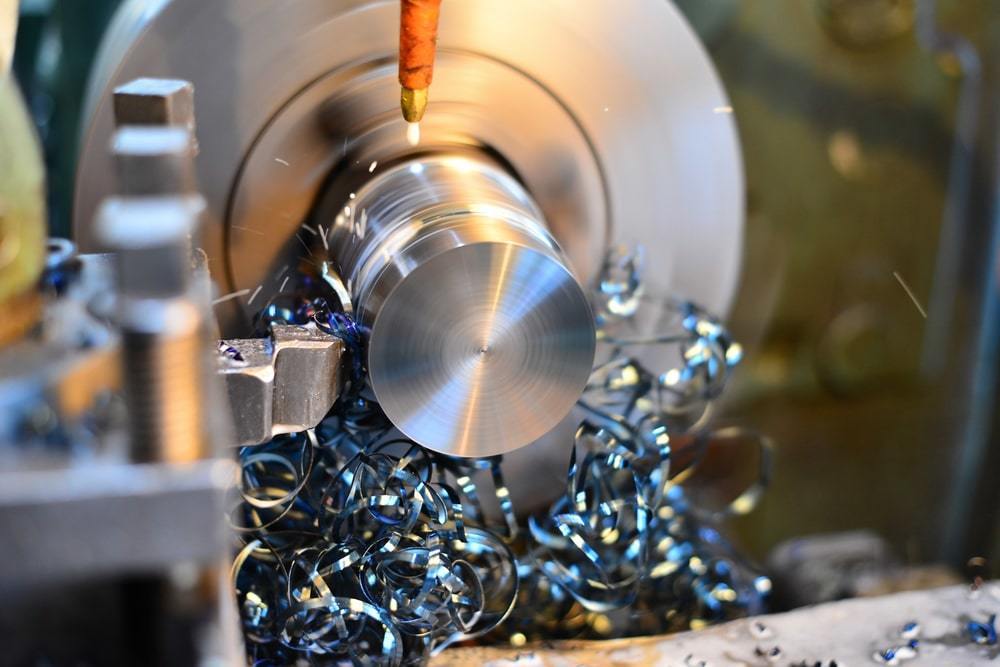Fasteners and Machining: Tailored Solutions for every single Manufacturing Demand
Fasteners and Machining: Tailored Solutions for every single Manufacturing Demand
Blog Article
Revealing the Details of Bolts and Machining Processes for Ideal Performance
In the world of engineering and production, the option of bolts and the intricacies of machining processes play a crucial function in establishing the utmost performance and sturdiness of an item. From the apparently straightforward job of picking the appropriate sort of bolt to the facility accuracy machining methods utilized, every action in this procedure needs thorough focus to information. As we start this exploration right into the world of bolts and machining, we will reveal the refined yet important factors that can substantially affect the efficiency and high quality of the final product, dropping light on the often forgotten facets that can make all the difference in attaining ideal efficiency.

Significance of Proper Bolt Selection
Picking the suitable bolts is critical in guaranteeing the architectural honesty and longevity of any mechanical assembly. Fasteners play a basic role in holding components with each other firmly, with the appropriate choice contributing substantially to the total efficiency and integrity of the setting up. When picking bolts, variables such as product compatibility, ecological conditions, load-bearing capability, and ease of setup must be thoroughly taken into consideration to assure ideal efficiency.
Improper fastener choice can result in an array of issues, including helping to loosen, deterioration, and even structural failure. Utilizing bolts that are not matched to the particular needs of the assembly can jeopardize its capability and pose safety risks. Designers and designers should meticulously assess the application needs and pick fasteners that fulfill or go beyond the necessary criteria and specs.
In addition, the proper fastener option procedure includes analyzing the joint layout, expected lots, vibration levels, and potential thermal expansion or tightening to guarantee that the chosen bolts can stand up to the operating problems successfully. By focusing on proper bolt choice, producers can improve the top quality, toughness, and efficiency of their mechanical assemblies.
Types and Characteristics of Bolts
An important facet of mechanical settings up depends on recognizing the varied kinds and one-of-a-kind characteristics of fasteners used in various commercial applications. Fasteners are essential components that hold frameworks together, making certain stability and performance. There is a large range of bolts offered, each developed for particular purposes based upon the application needs. Common types of fasteners include screws, screws, nuts, rivets, pins, and washing machines.
Screws are threaded bolts that are generally used to sign up with 2 or even more components with each other. Screws are comparable to screws but are typically used with a nut to develop a safe joint. Nuts are internally threaded fasteners that mate with screws to hold parts together. Washing machines are slim plates that disperse the load of a fastener, stopping damages to the product being attached. Rivets are permanent bolts that are hammered or pressed into area. Pins are used for placement or to protect components briefly.
Recognizing the features of each type of bolt is vital for picking the appropriate one for a certain application, making certain ideal efficiency and dependability of the mechanical setting up. Fasteners and Machining.
Accuracy Machining Methods for Effectiveness
The intricate style needs of different fasteners necessitate utilizing accuracy machining methods for ideal efficiency in producing procedures. One of the primary methods utilized in accuracy machining is Computer Numerical Control (CNC) machining, which makes it website link possible for high levels of precision and repeatability in the production of bolts.
Along with CNC machining, other accuracy strategies such as grinding, milling, and turning are commonly made use of to achieve the limited tolerances needed for bolts. These techniques allow suppliers to produce fasteners with smooth surface areas, exact measurements, and high architectural integrity. By using accuracy machining strategies, makers can enhance the top quality of fasteners, reduce product waste, and improve overall manufacturing effectiveness. The usage of sophisticated machining procedures assists ensure that bolts meet industry criteria and consumer expectations for performance and integrity.

Variables Influencing Machining Refine Performance
Various variables play a significant function in figuring out the performance of machining procedures in the production of fasteners. Enhancing these criteria based on the particular requirements of the bolt being generated is crucial to accomplishing cost-effective and accurate machining.
Equipment rigidness and stability likewise play a critical function in establishing machining procedure performance. A knowledgeable driver can make real-time changes, troubleshoot concerns effectively, and make sure that the machining process runs efficiently, eventually affecting the final top quality of the fastener.

Quality Control Steps in Manufacturing
Aspects affecting machining process efficiency, such as cutting tool selection and maker security, directly influence the application of top quality control steps in manufacturing. Quality control procedures are necessary in ensuring that items fulfill the required specs and standards. In the production process, various techniques are employed to preserve high quality standards. Assessment and testing play an essential function in determining any variances from the desired end result. Regular maintenance of machining devices is also essential to maintain quality assurance. Calibration of makers and devices is needed to make certain accurate and accurate manufacturing processes. Furthermore, carrying out standard operating treatments and procedures can assist in maintaining uniformity and top quality throughout the assembly line. Quality control gauges not only concentrate on completion item however additionally on every phase of the manufacturing procedure to avoid defects and errors. By sticking to strict quality assurance actions, manufacturers can boost client complete satisfaction, develop a credibility for dependability, and ultimately accomplish optimum performance in their machining procedures.
Verdict
In final thought, picking the right fasteners and using accuracy link machining methods are crucial for why not try these out optimum efficiency in manufacturing procedures. Understanding the kinds and qualities of bolts, together with factors affecting machining procedure performance, can bring about boosted effectiveness and top quality control procedures. By taking notice of these ins and outs, manufacturers can accomplish greater levels of efficiency and dependability in their products.
In the world of design and manufacturing, the option of bolts and the complexities of machining procedures play a pivotal role in identifying the supreme efficiency and sturdiness of a product (Fasteners and Machining). One of the main techniques made use of in accuracy machining is Computer Numerical Control (CNC) machining, which enables high degrees of precision and repeatability in the production of fasteners. The use of sophisticated machining processes helps ensure that fasteners satisfy sector criteria and client expectations for performance and dependability
In conclusion, selecting the ideal bolts and utilizing precision machining methods are essential for optimum efficiency in making procedures. Comprehending the kinds and features of bolts, along with aspects influencing machining procedure efficiency, can lead to enhanced performance and high quality control measures.
Report this page